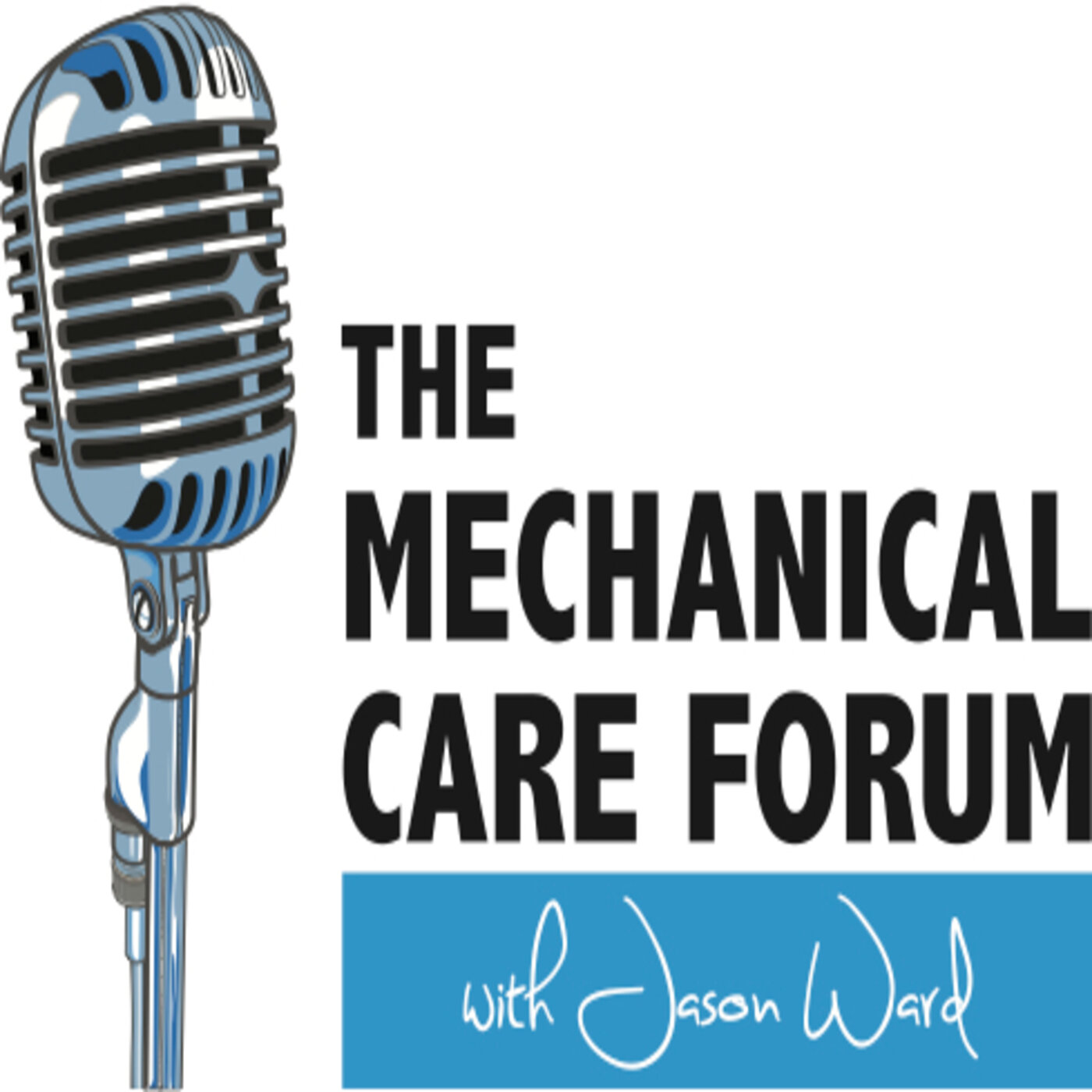Gary Jacob
USA | DC, LAc, MPH
SHOW NOTES
Personal and Professional Backgrounds
Gary grew up in New York City and most important to him is his family and friends. He is a chiropractor and licensed accupuncturist who spent some time after his schooling teaching which led to him become the dean within an acupuncture college.
Dr. Jacob opened a private practice and about 7 years later discovered Robin McKenzie’s methods. He’s also been influenced by public health studies and psychosocial aspects of care for patients. Other influences include Greenleaf servant leadership studies and Leonard Matheson, PhD. Early in his career he practiced in the traditional chiropractic manner which included acupuncture, heat and myofascial manual work, and adjustments and his patients were happy and he was happy with reimbursement and with his care, until one patient came his way. After several weeks of treating her, she didn’t get well but was quickly resolved after one visit with a McKenzie trained clinician.
Soon after he pursued training through the McKenzie method and everything changed for Gary.
Through McKenzie’s development of his work and relationship with Spinal Publications he taught that many of these principles are appropriate to be given directly to the patient. To Gary, McKenzie’s most important teaching is to emphasize allowing the patient the chance to treat themselves first which he believes is still revolutionary today.
Quotes
For Students:
“Don’t put the pathoanatomical cart before the empirical horse.”
For Patients:
“In conditions where movement helps, we call that deconditioning not damage.”
For Marketing:
“One of the most important things a provider can do is to give the patient permission to be well.”
Challenges and Strengths
Our greatest challenge is to minimize passive care and dependency and to maximize self-efficacy, education and exercise.
There is a tendency of clinicians to think they’re more scientific when they approach the patient as a machine.
If we look at MDT practitioners, many of us don’t appreciate how robust the system is. If we appreciated it more there would be greater morale and less likelihood to institute practices opposing MDT and our ability to market it would greatly increase.
Another strength is its consistency with public health concerns because public health treats populations not individuals. It also addresses primary, secondary and tertiary prevention which he explains further.
We hope to deliver this content to the committed professional who wants to improve his/her care and we hope to do it in a way that is easily accessible, the world over, in today's technological age.
To contribute:
Give a 5-star review on iTunes;
Share EP #32 with a friend; and/or
Connect with us on the Spotify MCF Podcast and MCF Instagram page!
Thanks for your support!

